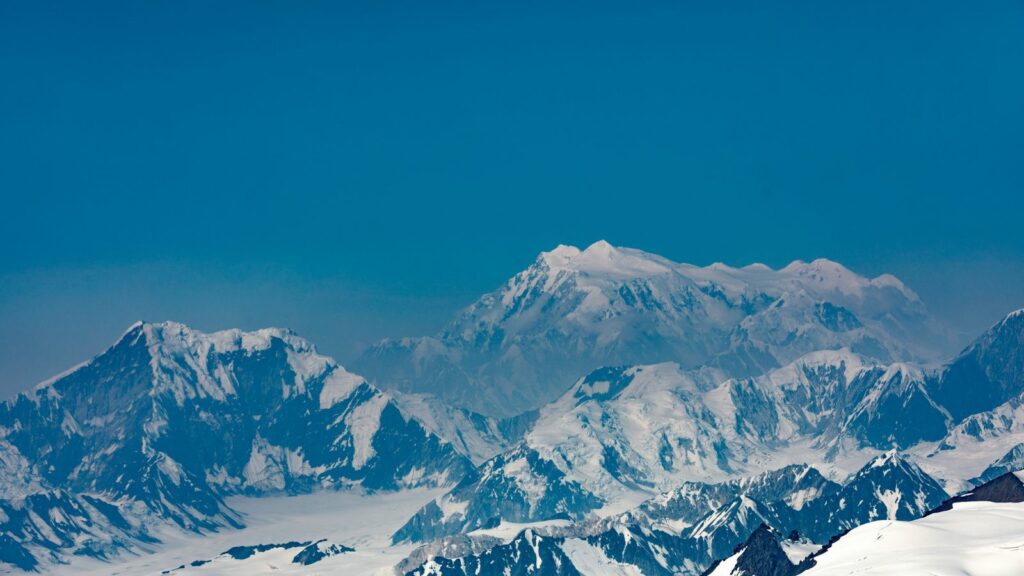Canada is world-renowned for its natural beauty, from glacial fjords and turquoise lakes to expansive forests and rugged coastlines. But as climate change accelerates, pollution increases, and human encroachment grows, many of the country’s iconic landscapes and ecosystems are under threat. These stunning natural wonders may not be here for future generations to experience. Here are 21 breathtaking Canadian natural sites that could disappear within your lifetime.
Athabasca Glacier, Alberta
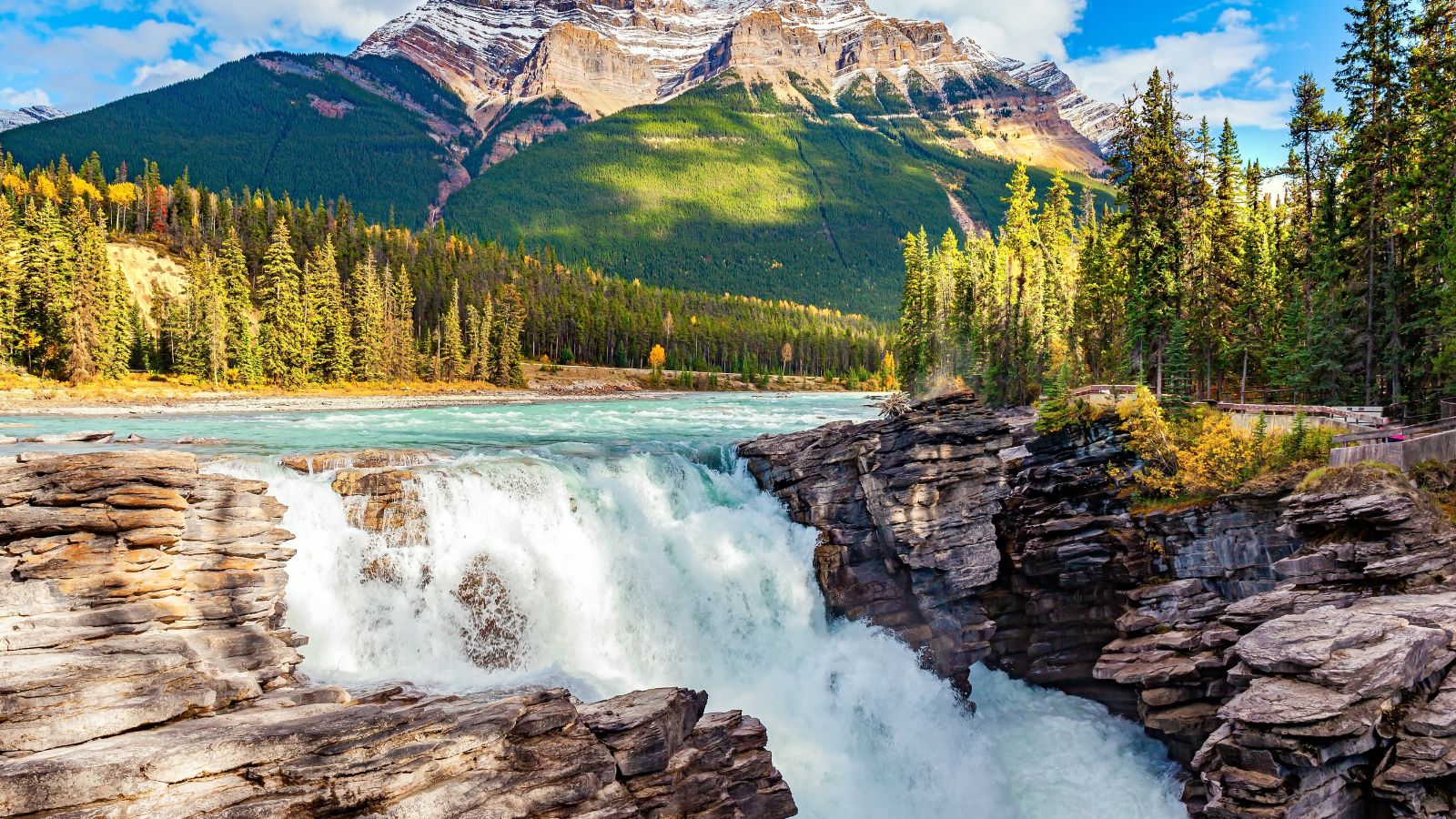
Part of the Columbia Icefield in the Canadian Rockies, the Athabasca Glacier is one of the most visited glaciers in North America. But this iconic glacier is shrinking rapidly, losing more than half its volume in the past 125 years. As global temperatures rise, the melt is accelerating, making it likely that much of the glacier could vanish within decades.
Hopewell Rocks, New Brunswick
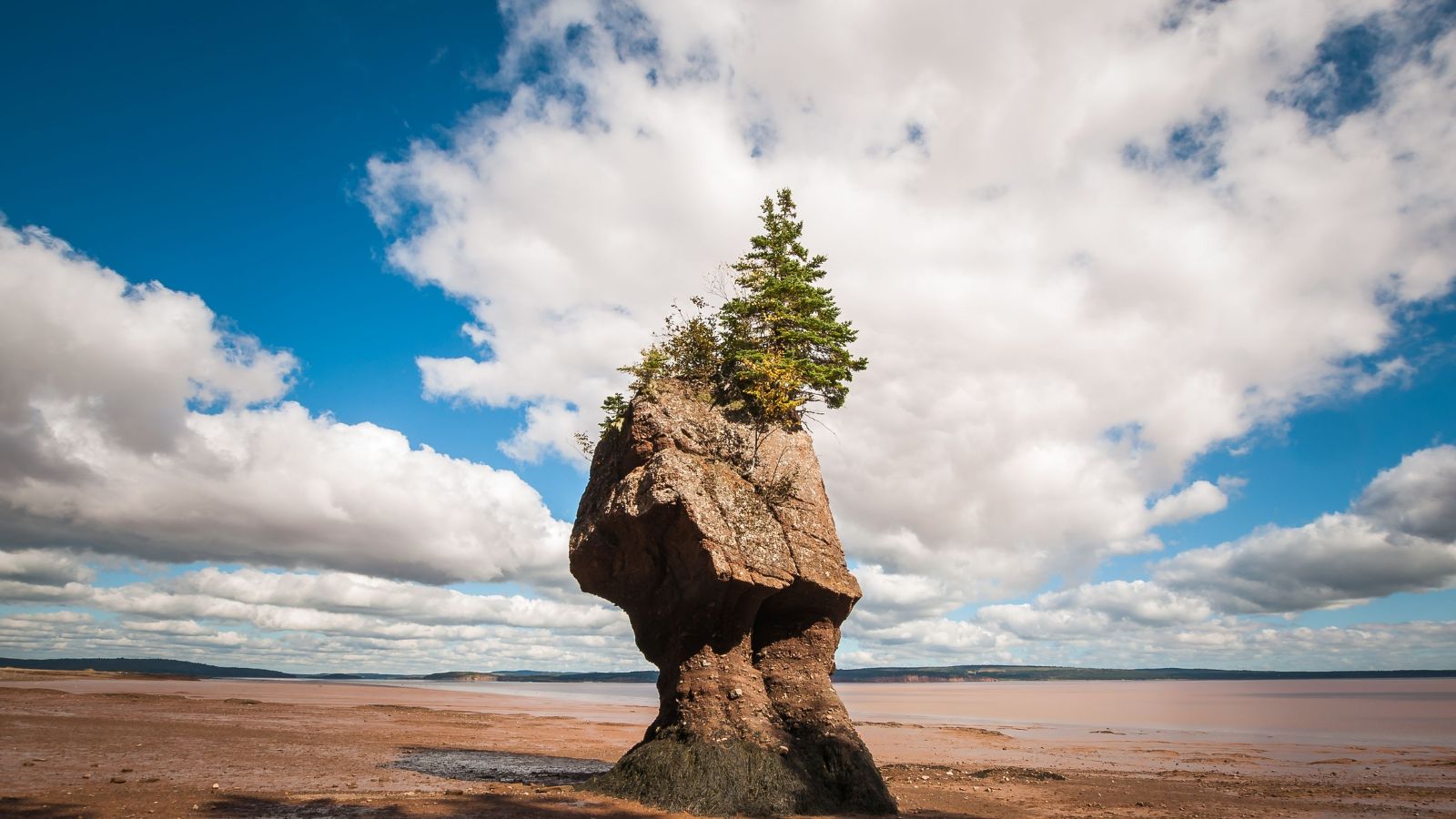
The Hopewell Rocks in the Bay of Fundy are famous for their towering flowerpot formations shaped by extreme tidal erosion. But those same tides, among the highest in the world, are also contributing to the rocks’ gradual disintegration. Increased storm surges and sea-level rise threaten to collapse more of these iconic stone structures.
Mount Logan’s Icefields, Yukon
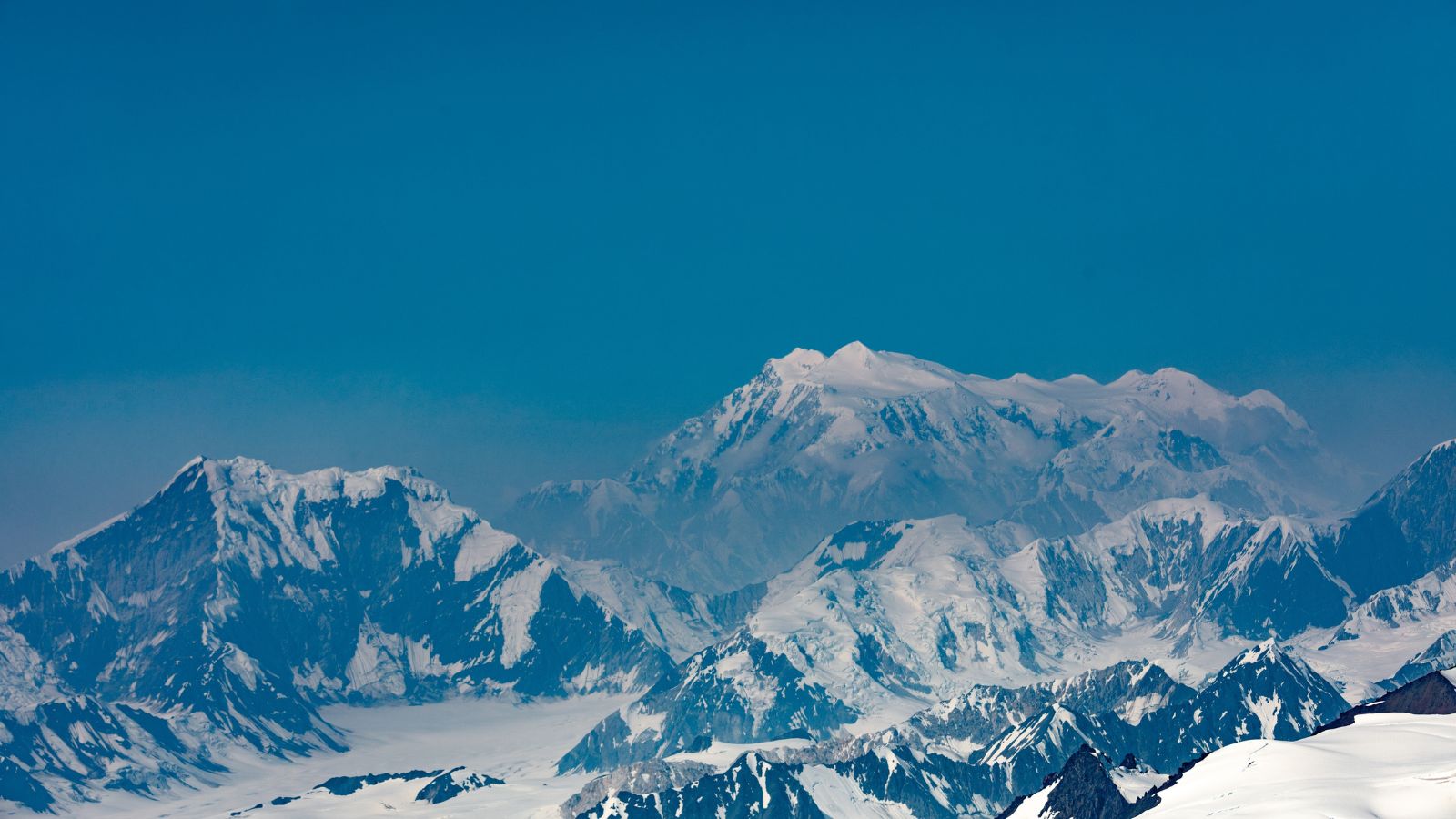
Canada’s highest peak, Mount Logan, is sheathed in icefields and glaciers that are vital sources of freshwater. However, the warming Arctic climate is causing dramatic ice loss. These ancient icefields, some over 9,000 years old, are thinning and melting, altering ecosystems and putting the long-term future of this remote wonder at risk.
Boreal Forest, Nationwide
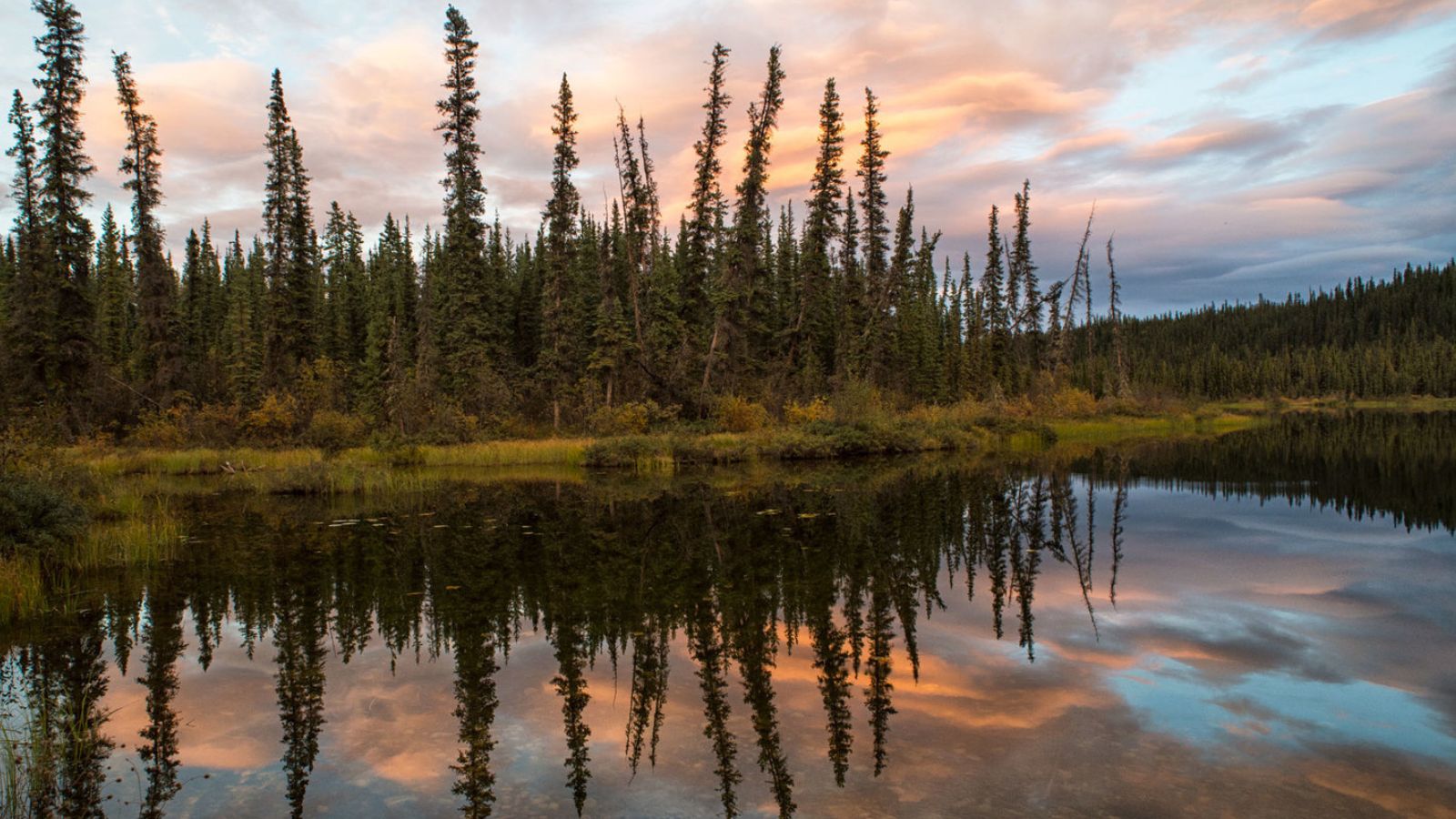
Canada’s boreal forest is one of the largest intact forest ecosystems on Earth, storing massive amounts of carbon and supporting diverse wildlife. However, logging, mining, oil exploration, and wildfires, exacerbated by climate change, are fragmenting and degrading the forest. Without significant conservation efforts, large portions of this ecosystem could disappear.
Iceberg Alley, Newfoundland and Labrador
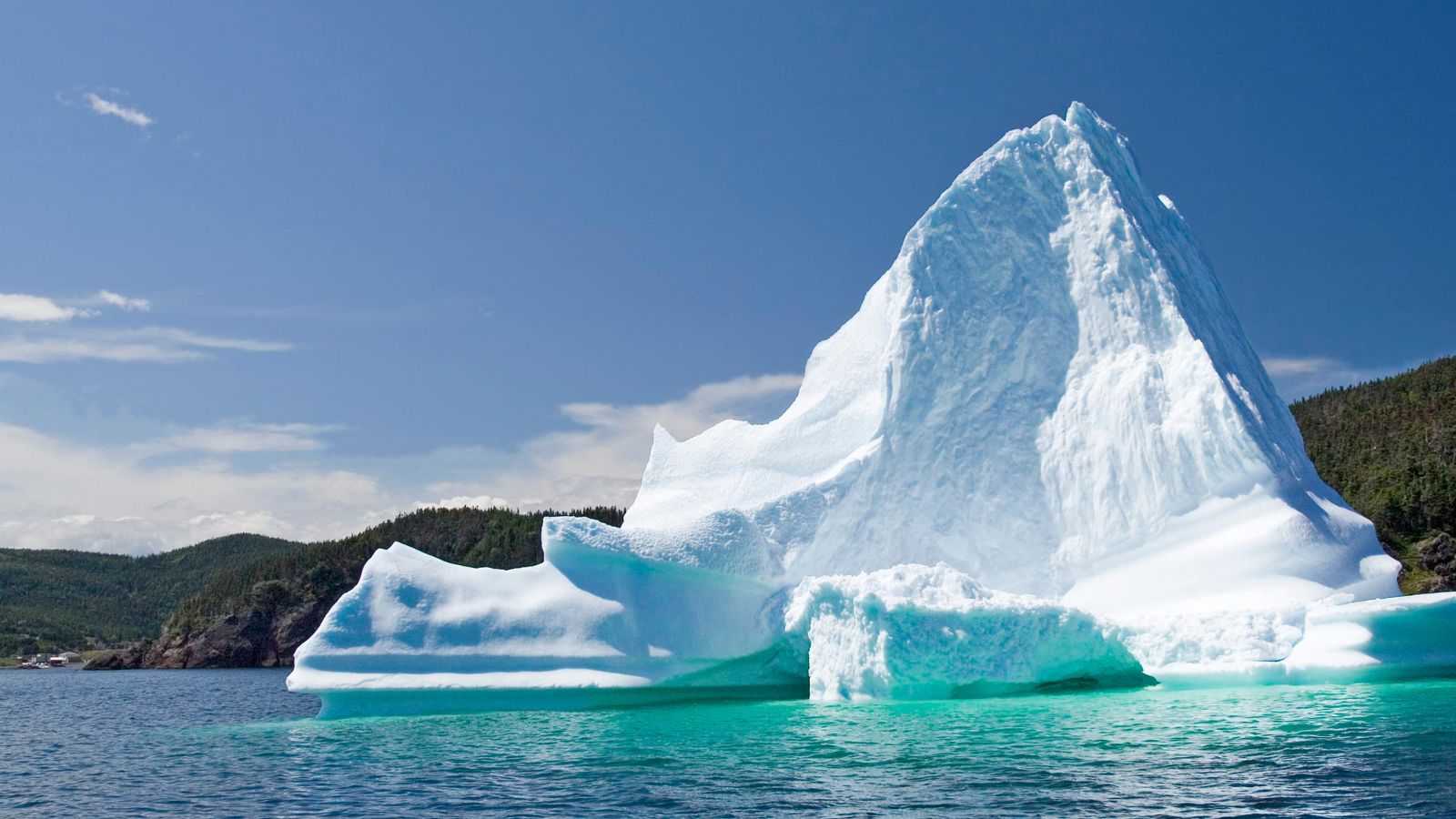
Every spring, massive icebergs break off Greenland and drift down through Iceberg Alley off the coast of Newfoundland. But the source glaciers are retreating rapidly due to warming ocean temperatures. The very process that creates these awe-inspiring icebergs is slowing, and the seasonal spectacle may become a rare sight in the near future.
Garibaldi Lake, British Columbia
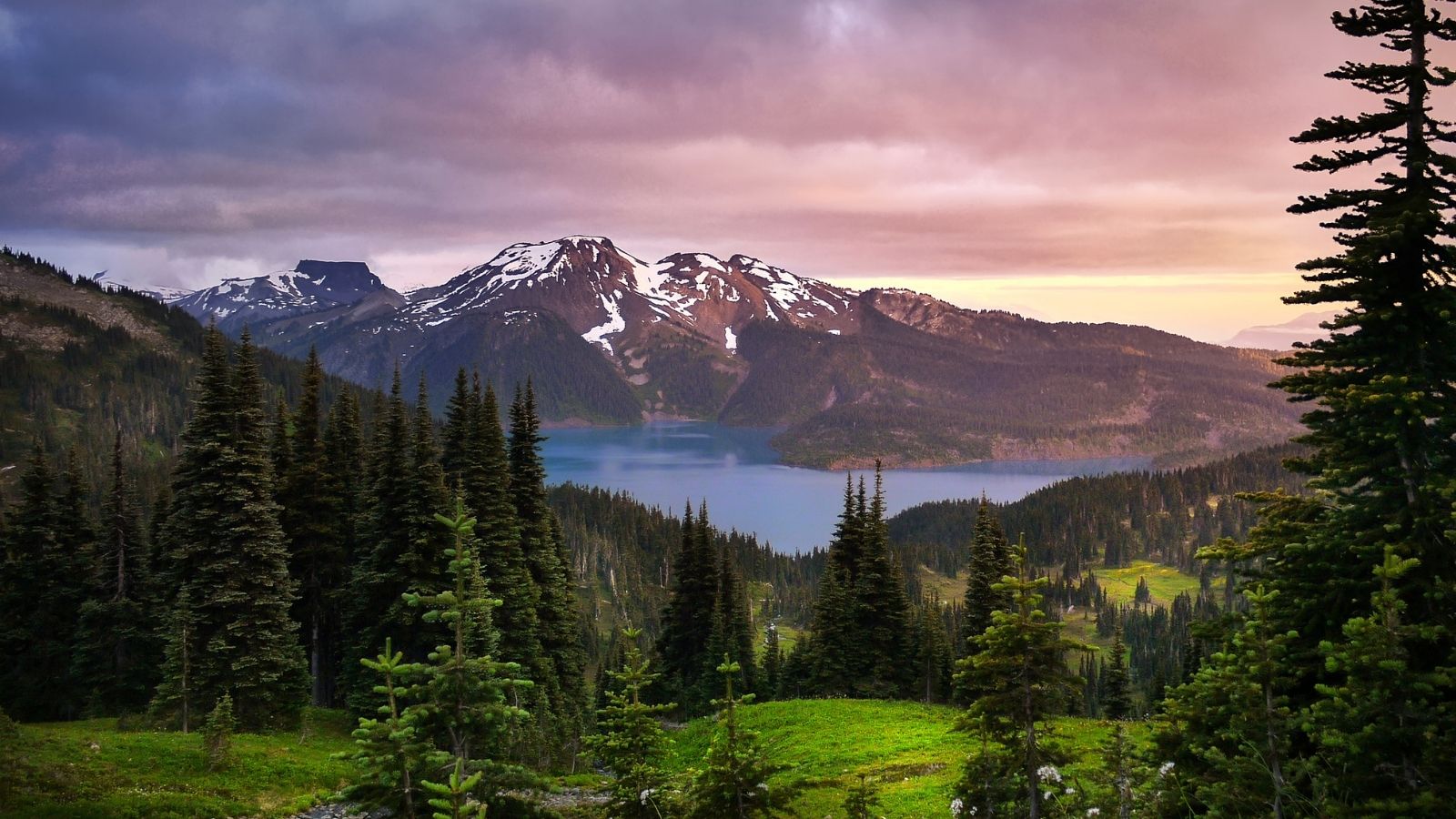
Garibaldi Lake, with its striking turquoise hue, is a popular hiking destination north of Vancouver. Its beauty comes from glacial melt, but those feeding glaciers are receding. Scientists fear that as glaciers vanish, the lake’s water level could drop dramatically, and its vivid color may fade with the loss of mineral-rich meltwater.
Nahanni National Park’s Glaciers, Northwest Territories
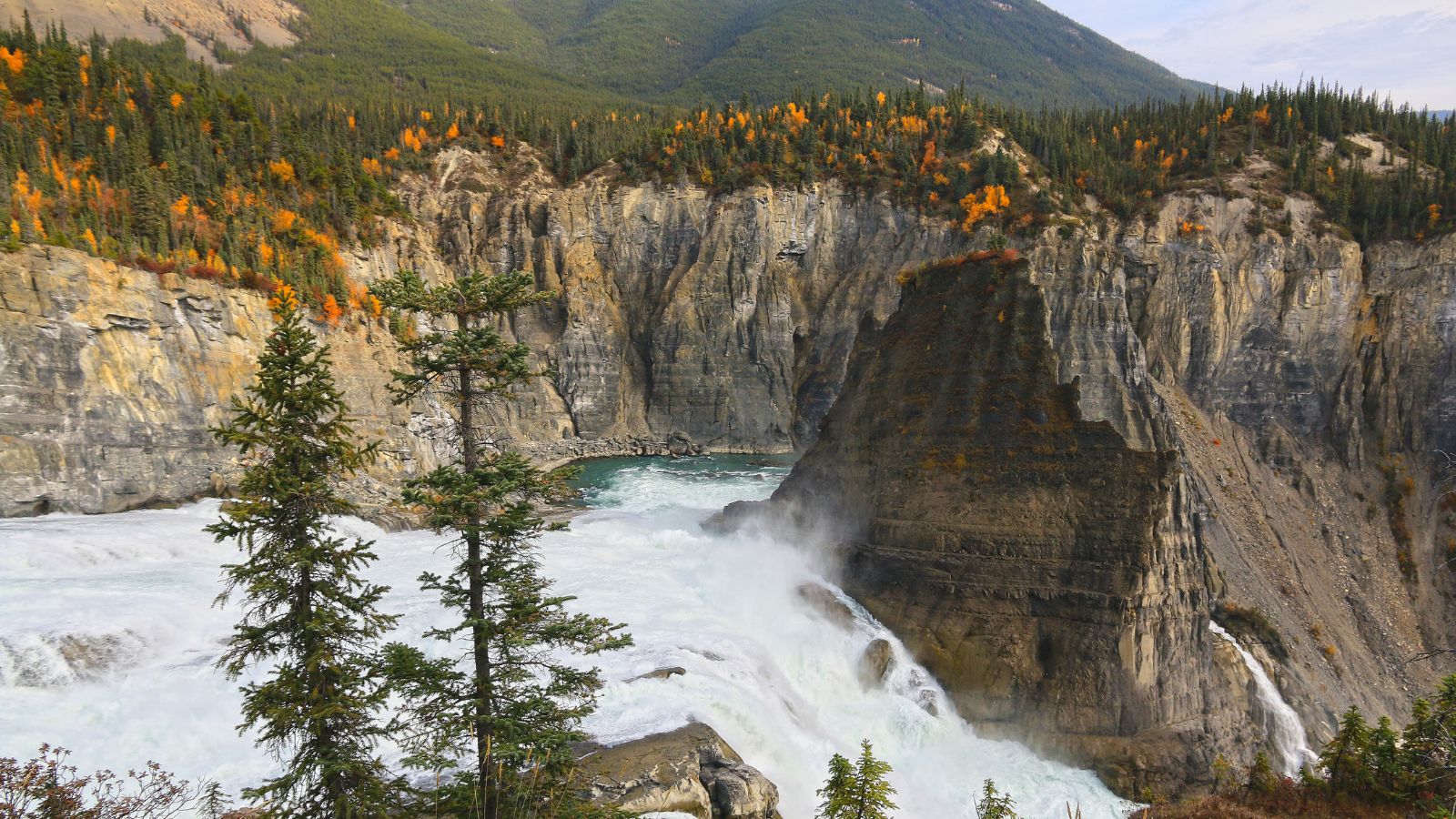
A UNESCO World Heritage Site, Nahanni National Park is known for its remote canyons and wild rivers. Its lesser-known glaciers, though, are disappearing fast. Warming in the Mackenzie Mountains is happening at twice the global average rate, threatening not only the glaciers but also the cold-water habitats and fragile alpine ecosystems they support.
Hudson Bay Sea Ice, Manitoba and Northern Quebec
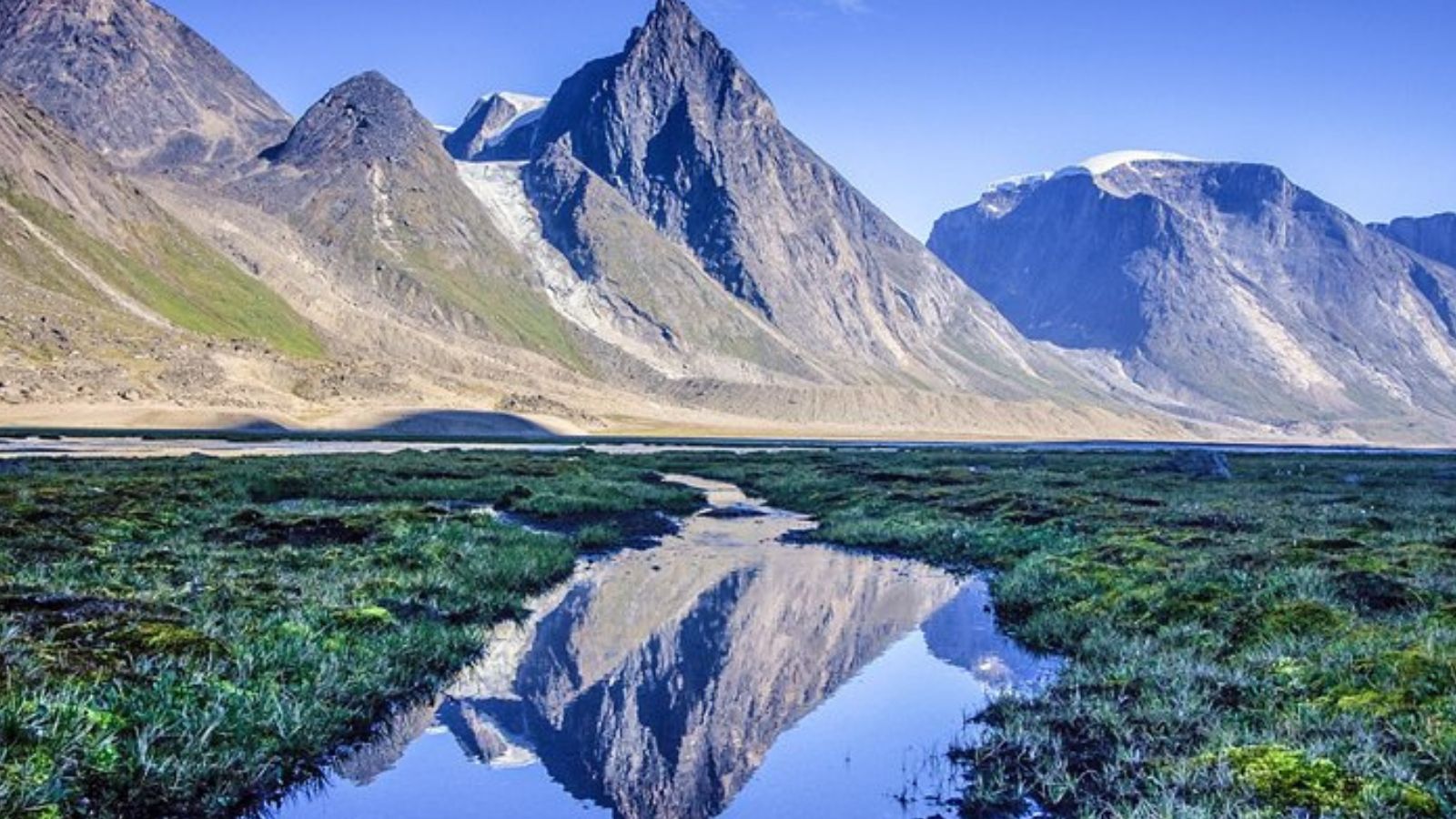
Every winter, Hudson Bay freezes over, creating a crucial habitat for polar bears and seals. But climate change is causing the ice to form later and melt earlier each year. With less time on the ice to hunt, polar bear populations are declining, and the entire sea ice ecosystem is collapsing before our eyes.
Reindeer Lake’s Frozen Cover, Saskatchewan and Manitoba
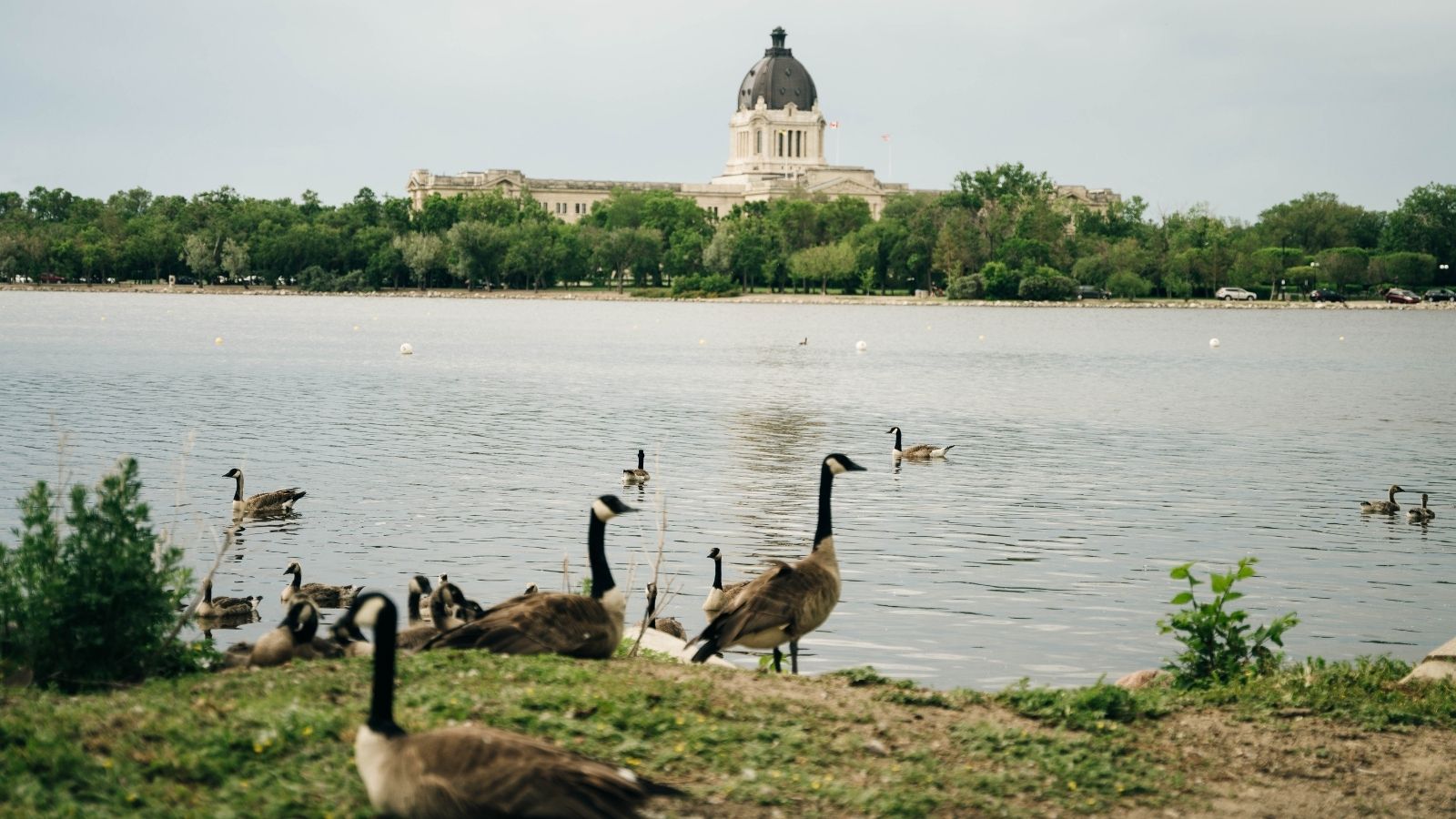
Reindeer Lake, one of the largest in Canada, straddles the Saskatchewan–Manitoba border and is traditionally frozen for much of the year. But shorter winters and warming temperatures are thinning the ice and reducing freeze durations. This threatens both the lake’s ecology and the way of life for Indigenous communities that rely on winter ice roads.
Peyto Glacier and Lake, Alberta
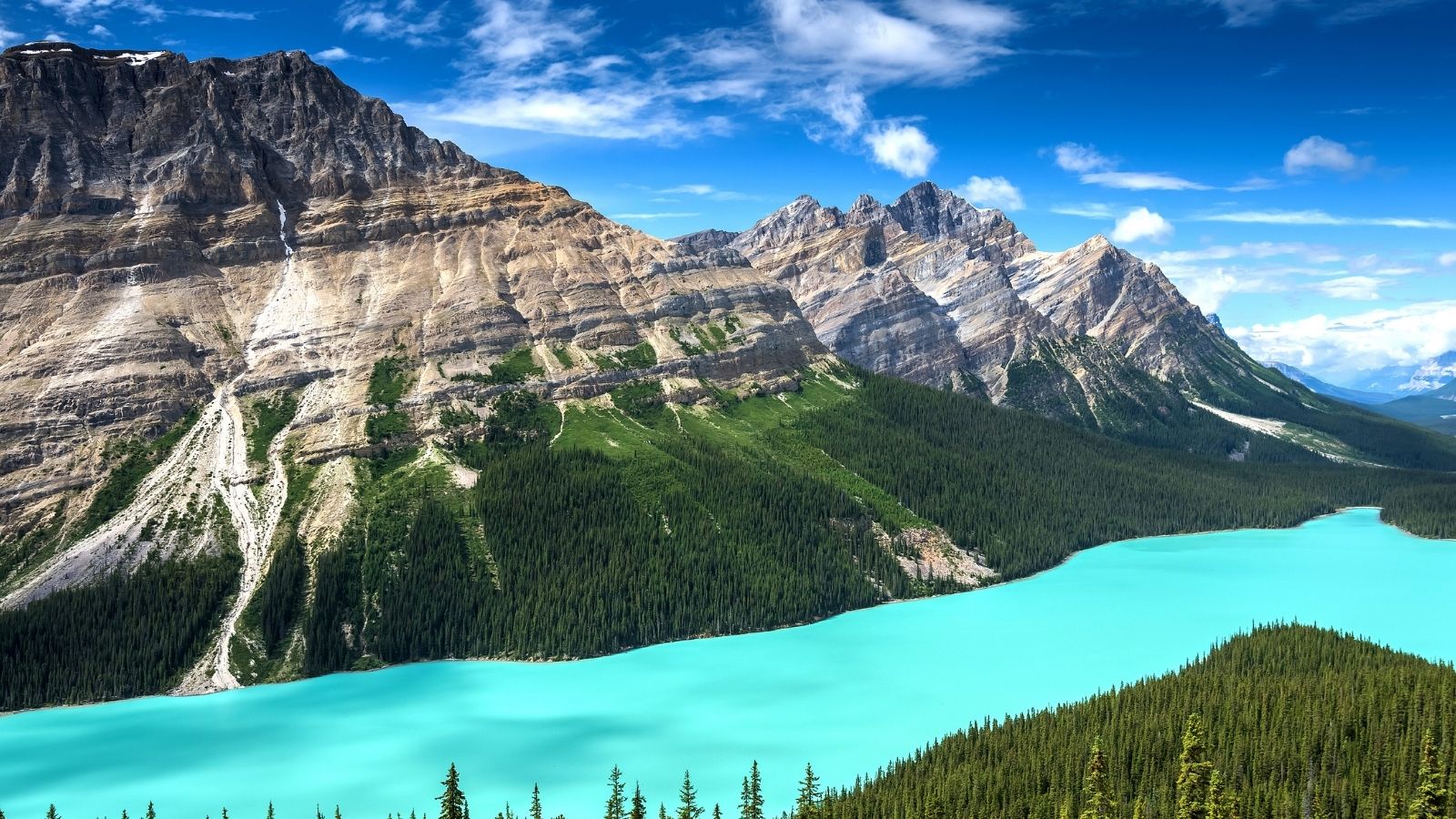
The brilliant blue of Peyto Lake is largely due to glacial silt from the Peyto Glacier. But like many others in the Rockies, this glacier is retreating fast. As it disappears, the lake could lose its signature color and volume, transforming this once-photogenic landscape into a much less striking scene.
Bennett Lake and Carcross Desert, Yukon
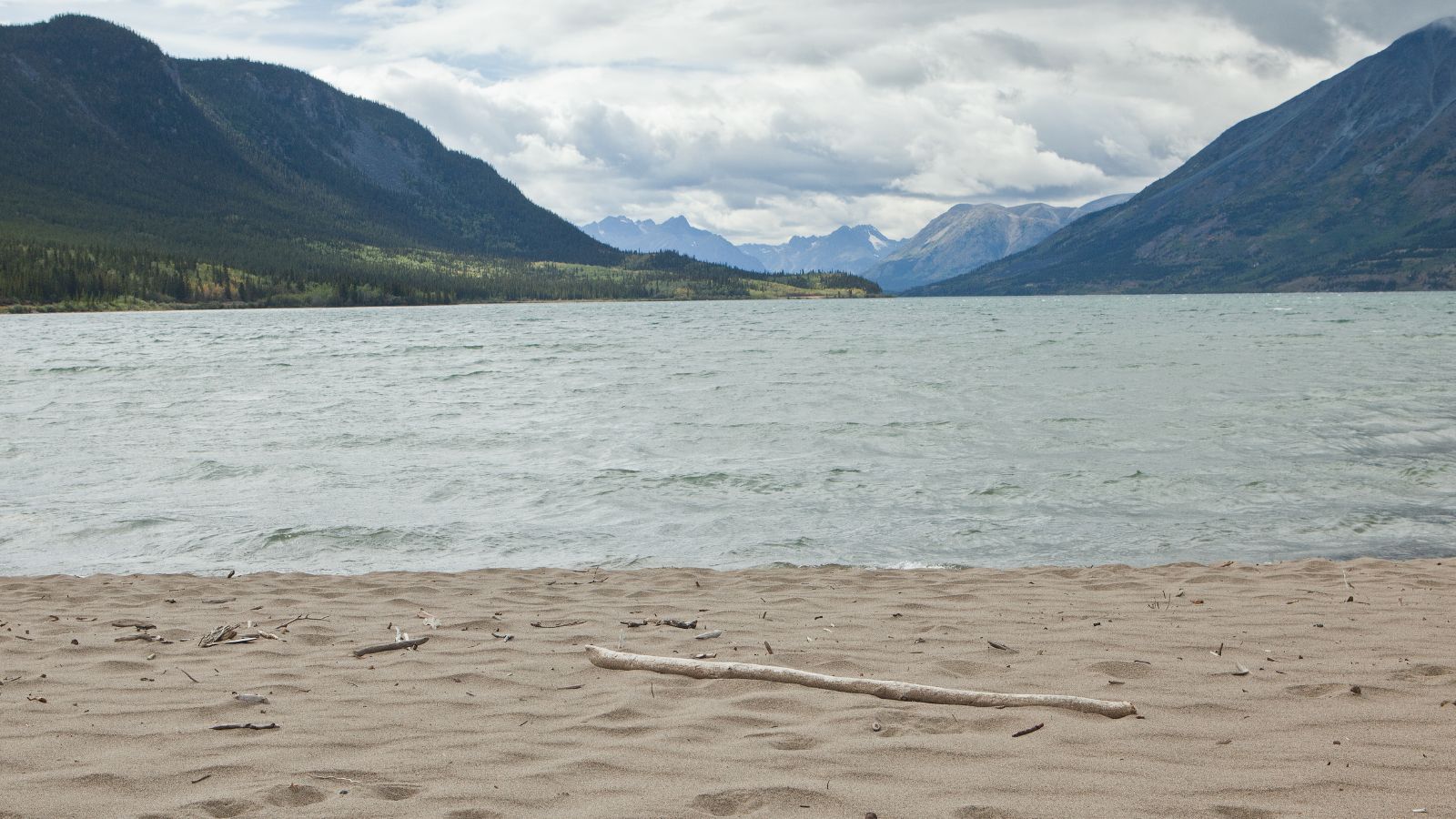
Bennett Lake and the tiny Carcross Desert—often dubbed the world’s smallest desert—are both remnants of ancient glacial and post-glacial activity. However, warming temperatures and altered precipitation patterns could change the delicate balance of sand dunes, vegetation, and lake levels, potentially erasing this unique micro-ecosystem from the map.
The Great Bear Rainforest, British Columbia
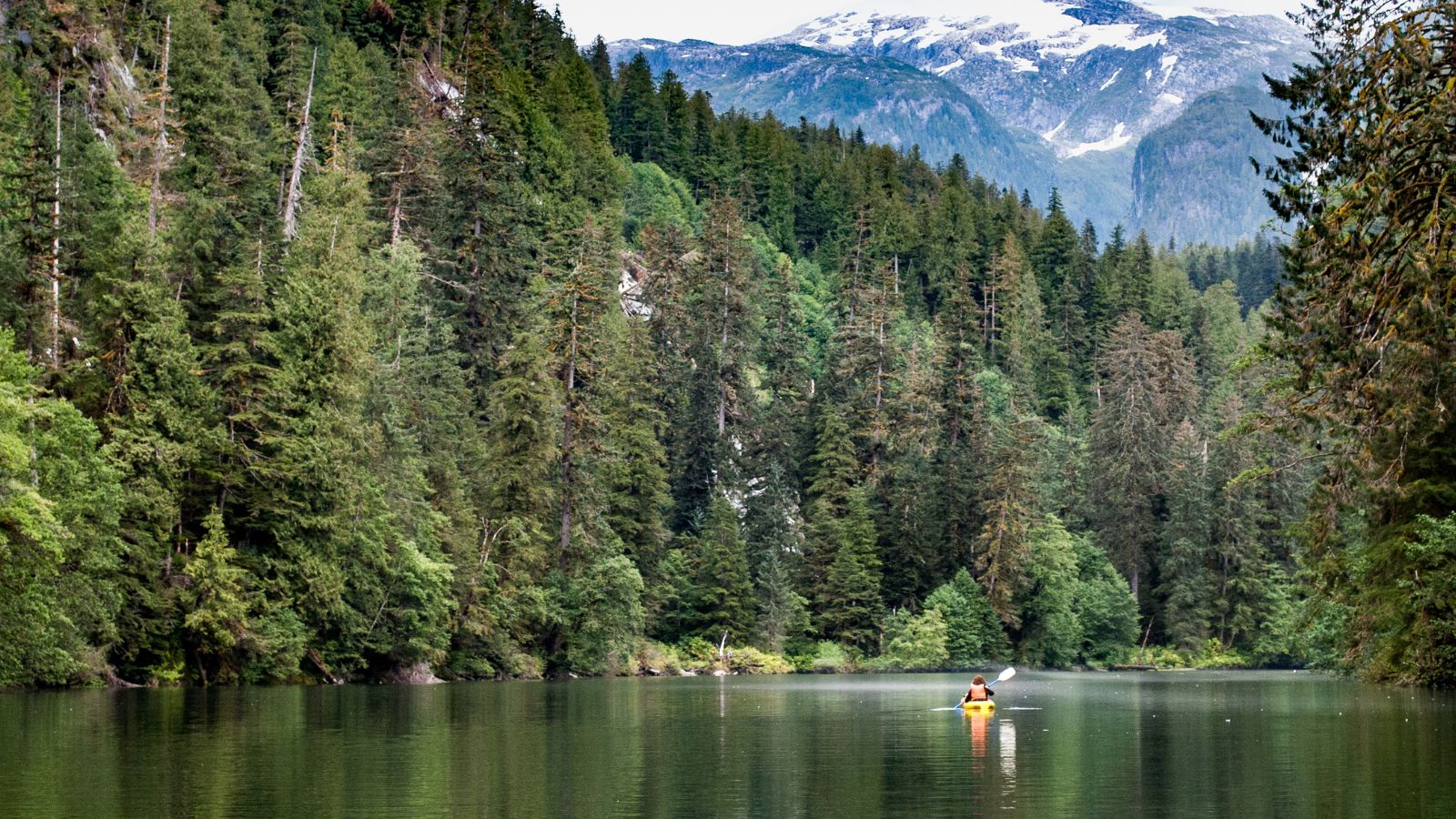
This temperate rainforest on Canada’s west coast is one of the richest ecosystems in the world, home to Spirit bears, wolves, and ancient cedars. Logging and climate change threaten this pristine wilderness. Without continued protection and Indigenous stewardship, sections of this unique habitat may be irreparably lost.
Lillooet River Hot Springs, British Columbia
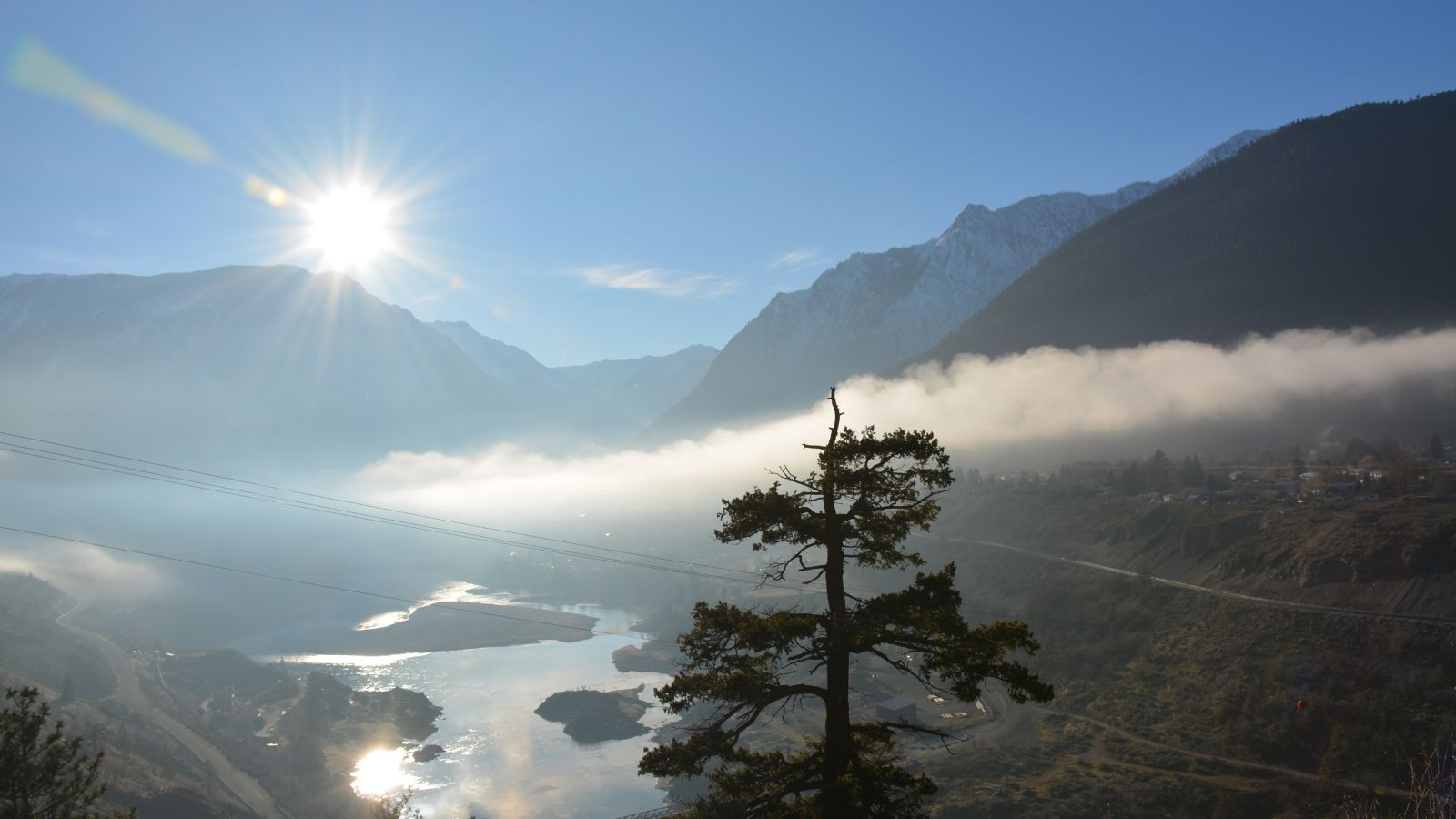
Natural hot springs like those along the Lillooet River are heated by geothermal activity, but their ecosystems are fragile. Development, landslides, and shifting groundwater levels due to climate change could alter or destroy these rare natural spas. Increased tourism also puts strain on these delicate systems, potentially accelerating their decline.
Tuktoyaktuk Permafrost Coastline, Northwest Territories
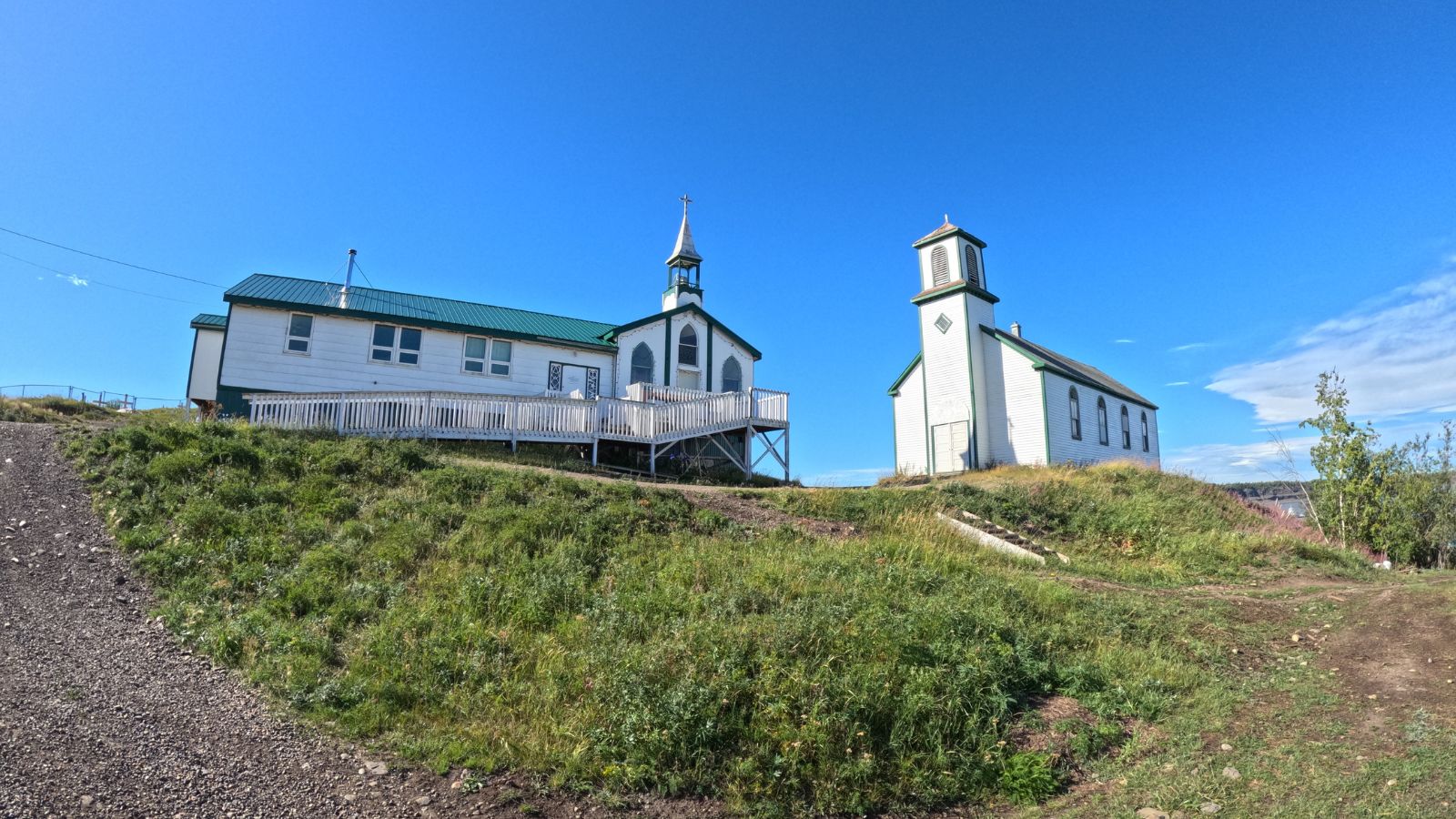
Tuktoyaktuk is one of the northernmost communities in Canada, sitting on rapidly thawing permafrost. Coastal erosion is happening at an alarming rate, some estimates suggest 40 metres of land are lost each year. If this continues, entire sections of the Arctic coastline, and even the town itself, could vanish into the sea.
Lake Superior Ice Formations, Ontario
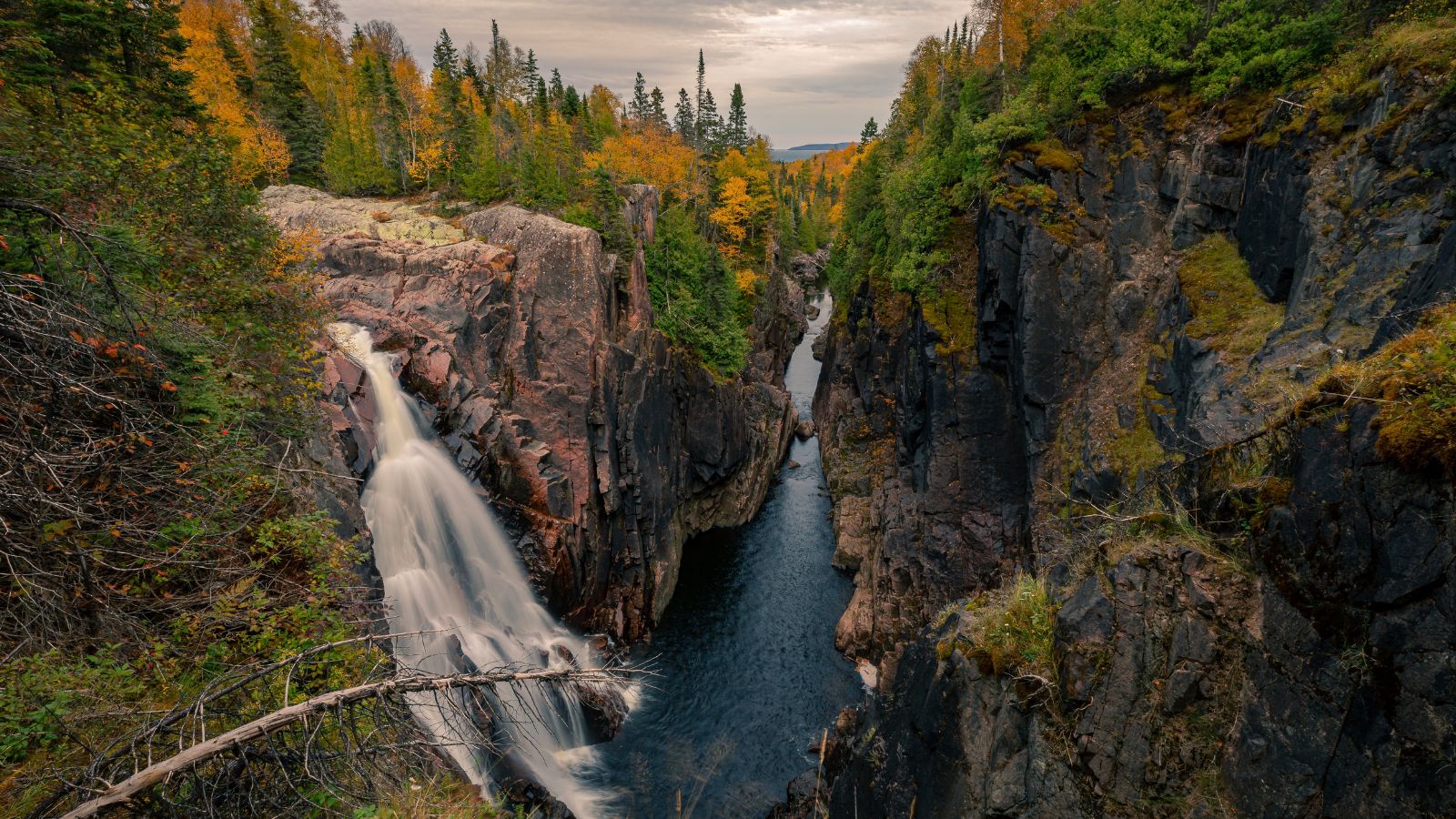
Every winter, Lake Superior’s shoreline becomes a wonderland of ice caves and frozen waves. However, warmer winters are making these formations increasingly rare. In recent years, the lake has failed to freeze completely, diminishing the frequency and grandeur of these ephemeral icy structures.
The Saguenay Fjord, Quebec
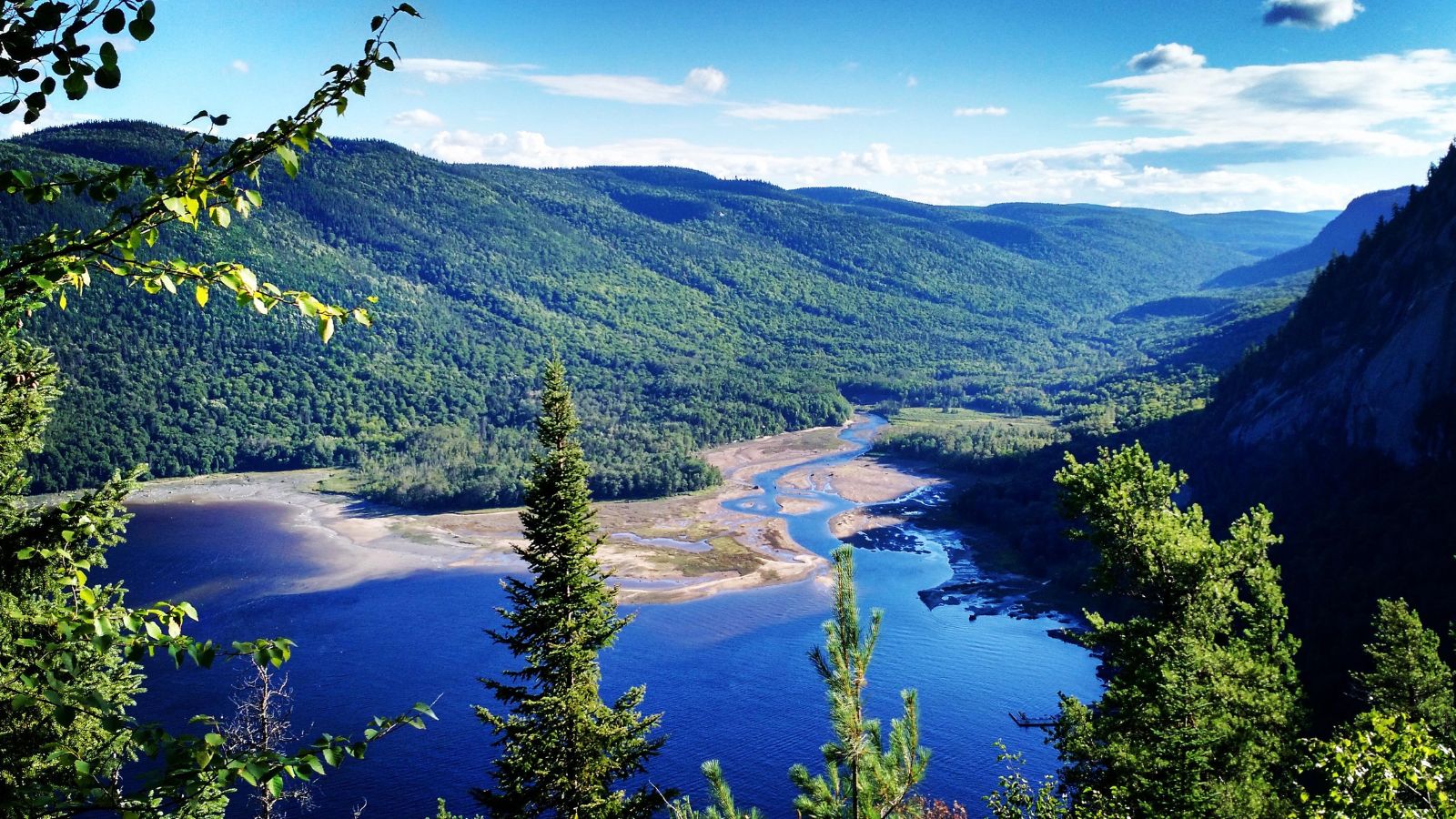
The Saguenay Fjord is a deep glacial valley filled with brackish water and surrounded by steep cliffs. Home to beluga whales and unique marine life, it’s now at risk from warming waters, industrial activity, and chemical pollution. These stressors could reduce biodiversity and damage the ecosystem irreversibly.
Waterton Lakes’ Forests, Alberta
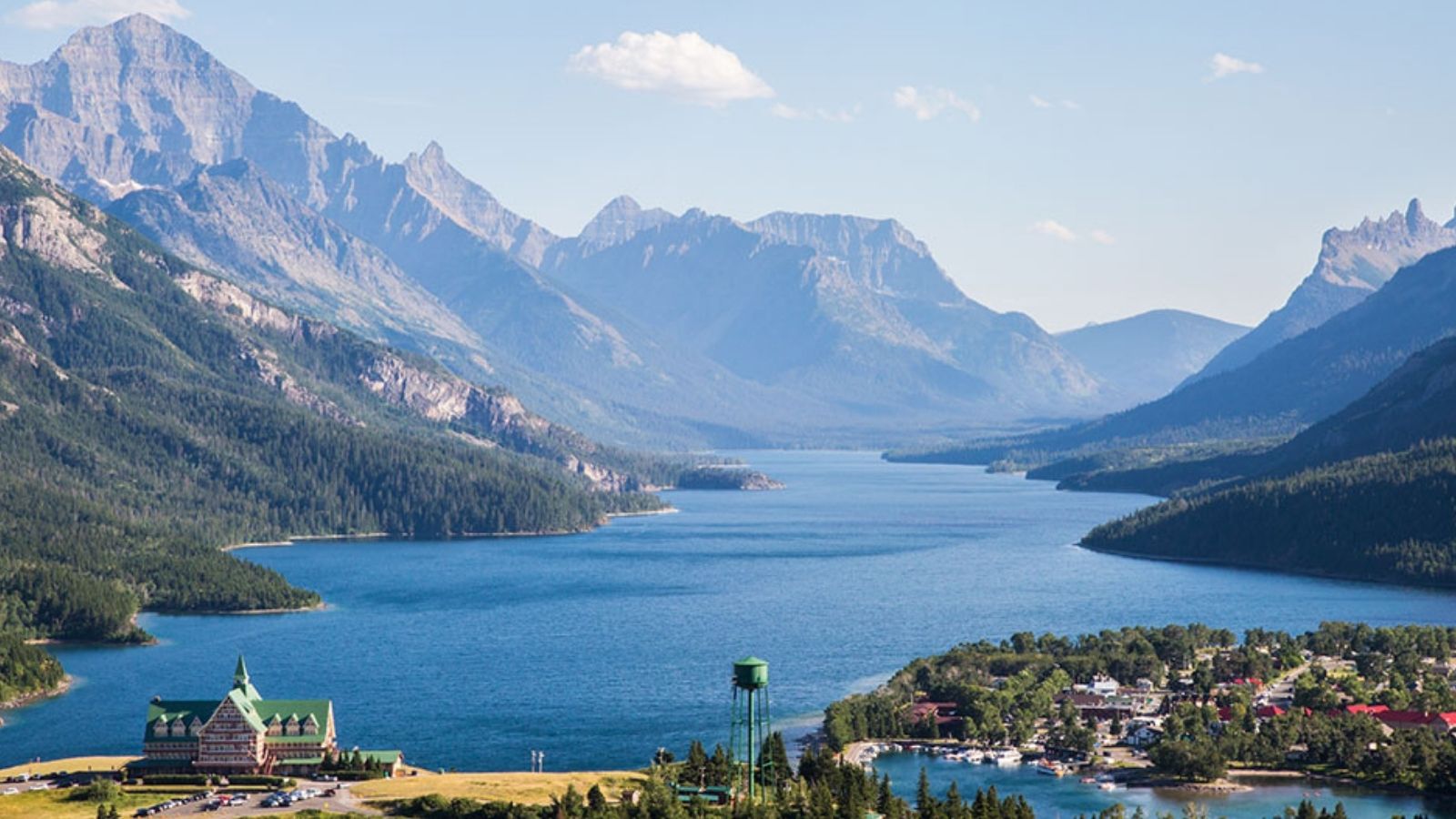
Waterton Lakes National Park is a UNESCO Biosphere Reserve, known for its rare vegetation and sweeping mountain-meadow views. However, recent wildfires, driven by hotter and drier conditions, have already scorched large portions of the park. As fire seasons intensify, remaining forested areas are at high risk of burning or transforming permanently.
The Magdalen Islands’ Cliffs, Quebec
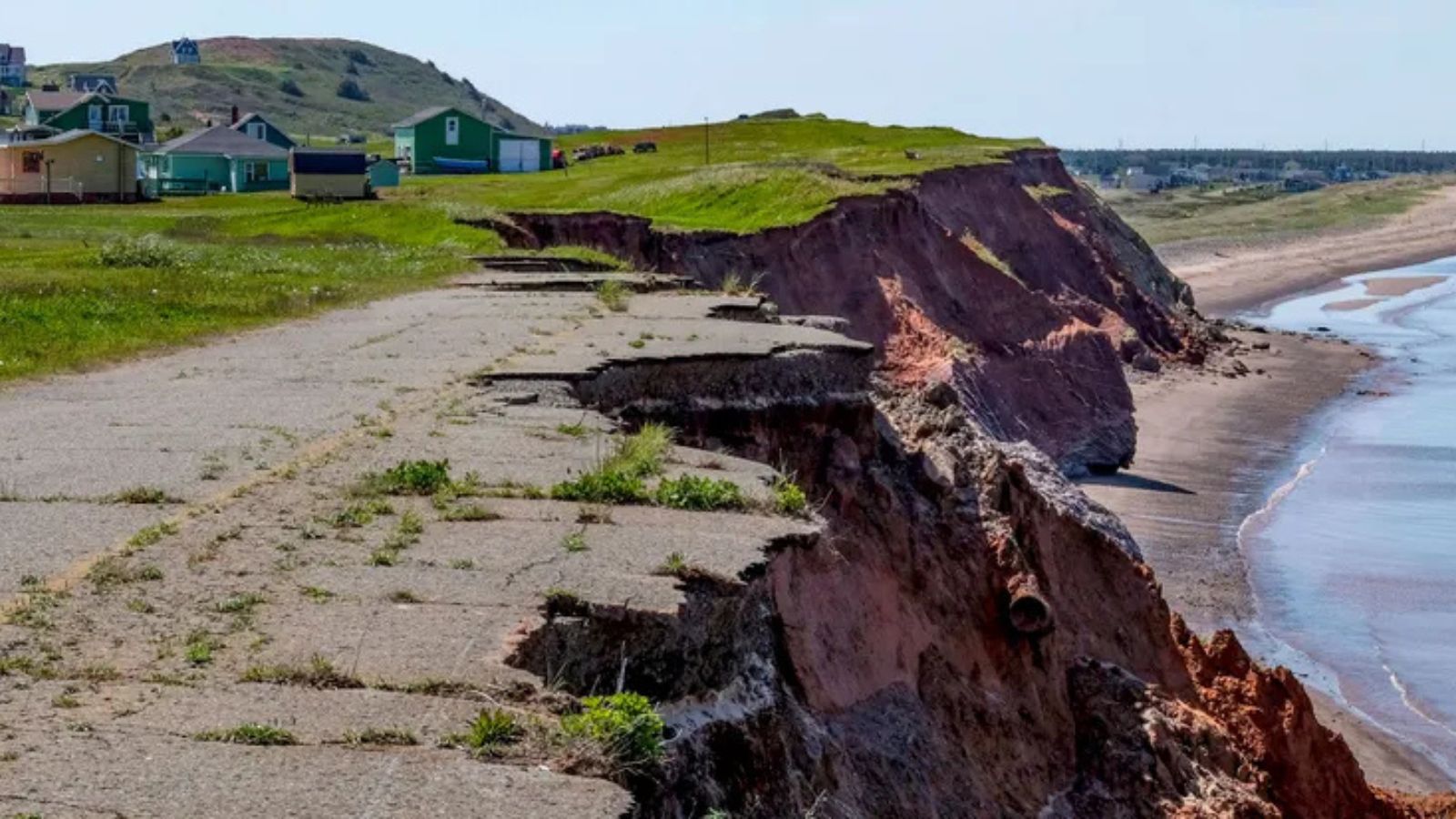
The Magdalen Islands in the Gulf of St. Lawrence are famous for their vibrant red cliffs. Unfortunately, rising sea levels and stronger storms are eroding them at alarming rates, up to one metre per year. Locals are already battling to save homes and roads, but nature is quickly winning.
Wood Buffalo’s Wetlands, Alberta and Northwest Territories
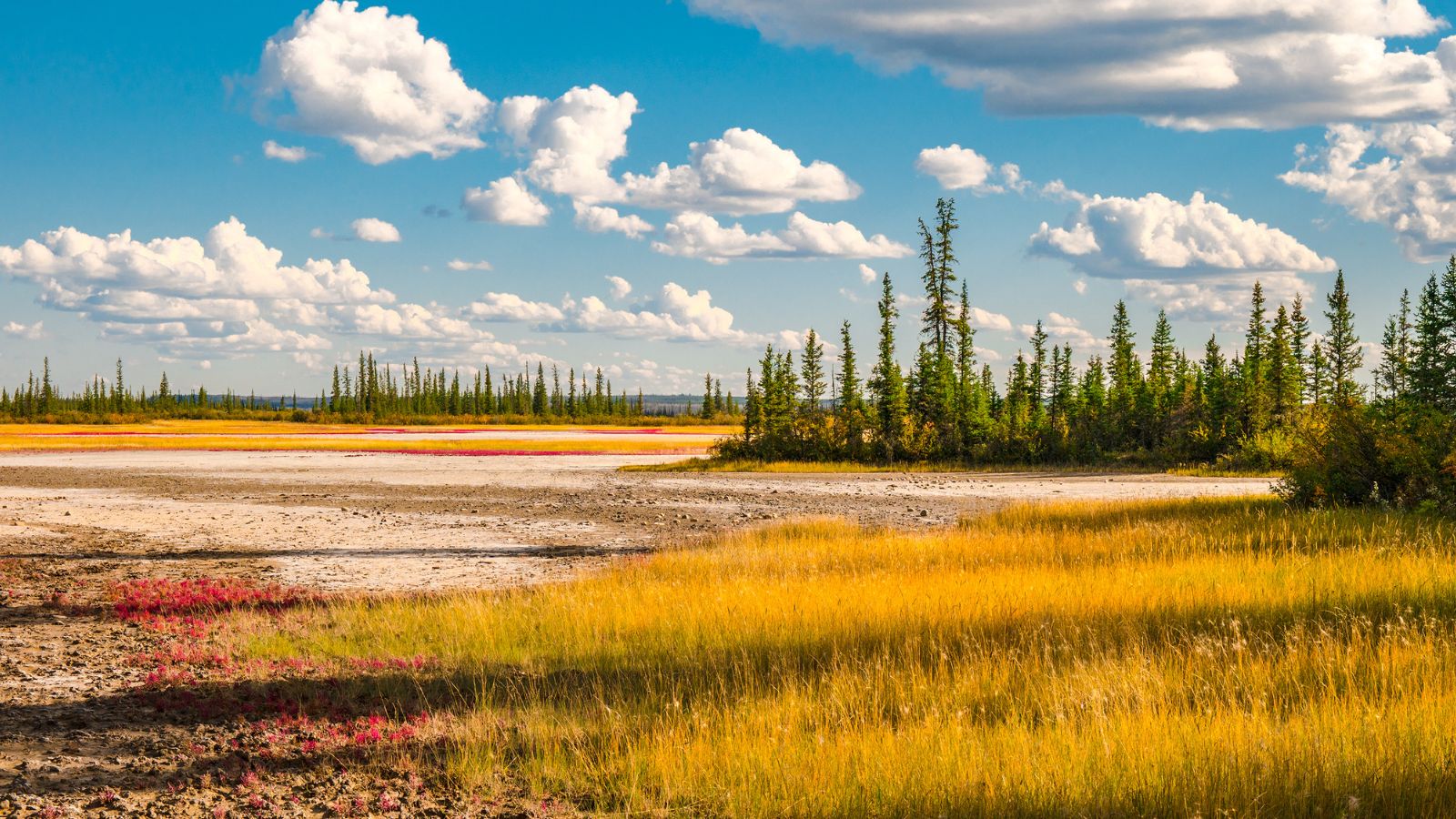
Wood Buffalo National Park is home to one of the world’s largest freshwater deltas. These wetlands are vital breeding grounds for whooping cranes and countless other species. However, upstream dams and climate change are drying out portions of the park, threatening its biodiversity and UNESCO status.
Cape Breton Highlands’ Tundra, Nova Scotia
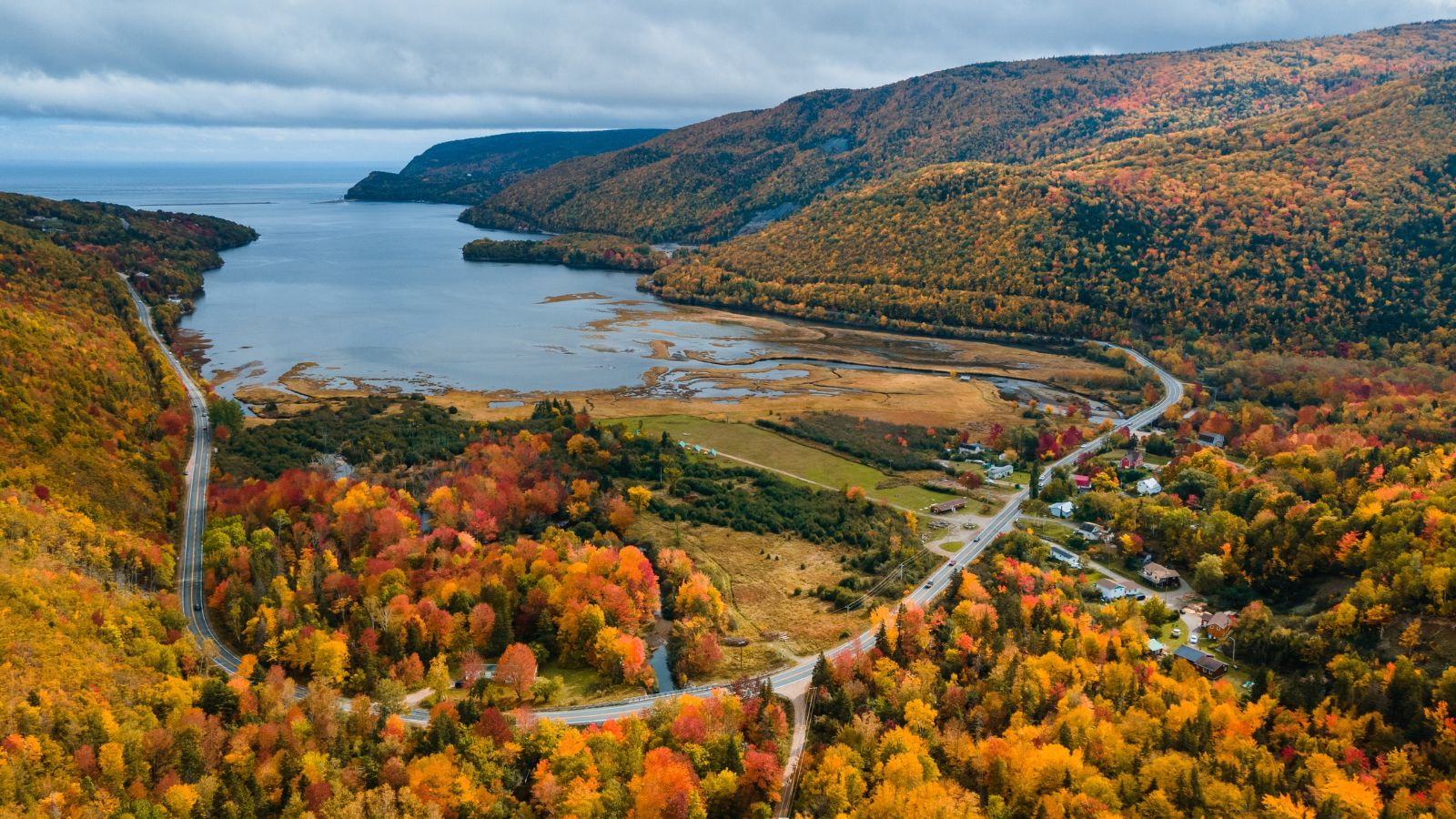
Perched on windswept plateaus, the alpine tundra of Cape Breton Highlands is a rare ecosystem in eastern Canada. But as temperatures warm, shrubs and trees are migrating upward, replacing the tundra. This slow but persistent encroachment may lead to the complete disappearance of this unique biome.
Niagara Escarpment’s Karst Systems, Ontario
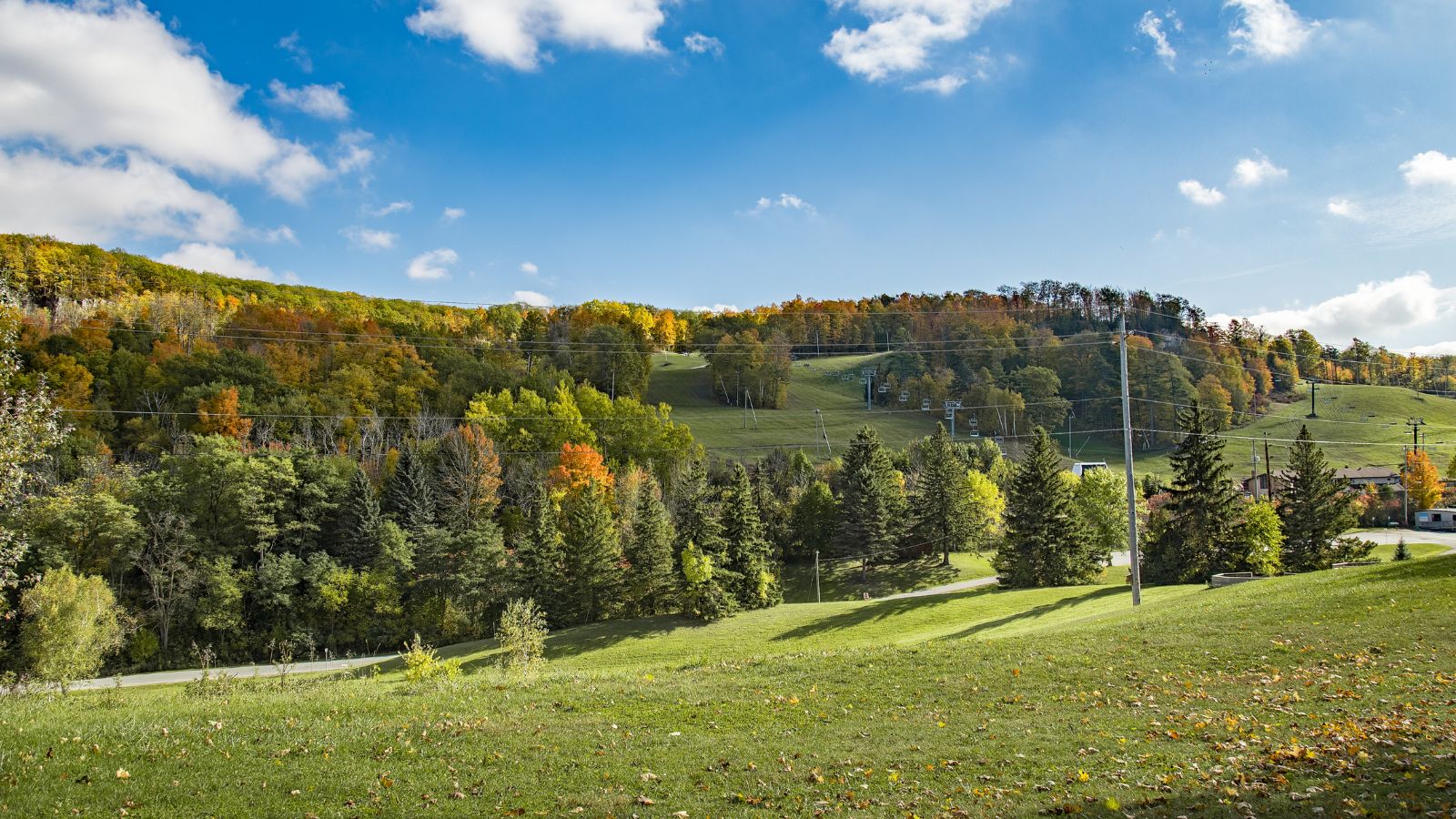
The Niagara Escarpment is more than just a scenic ridge, it’s an ancient geological feature with caves, sinkholes, and underground rivers. However, urban sprawl, quarrying, and pollution are putting immense pressure on this ecosystem. Once damaged, karst systems can take centuries to recover, if they recover at all.
22 Times Canadian Ingenuity Left the U.S. in the Dust

When people think of innovation, they often picture Silicon Valley. However, Canada has a history of innovation, too. Whether it’s redefining sports, revolutionizing medicine, or just showing America up at its own game, Canadian inventors, thinkers, and dreamers have had their fair share of mic-drop moments. Here are 22 times Canadian ingenuity left the U.S. in the dust.
22 Times Canadian Ingenuity Left the U.S. in the Dust
